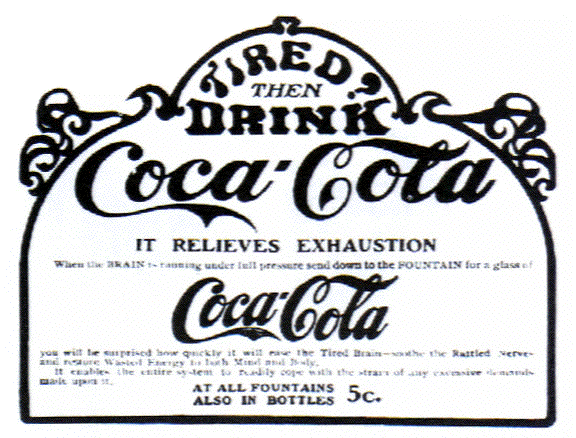
DARTMOUTH — There is a good chance you’re carrying cocaine.
A UMass Dartmouth chemistry professor’s study detected trace amounts of cocaine in 67 percent of the dollar bills researchers collected in Southeastern Massachusetts during the past two years. Professor Yuegang Zuo said the study, which he said will be published in Scientific Journals International, could provide forensic scientists with information on the origins of illicit drug use, as well as clues won how to differentiate money contaminated in general circulation from cash used directly in narcotics transactions. The UMass study is not the first research to determine that a significant percentage of U.S. currency is contaminated with cocaine residue.A Drug Enforcement Agency study from the 1990s found that a third of money samples taken from Chicago banks and the Federal Reserve Bank of Chicago contained traces of cocaine. In another study, out of more than 135 bills collected from restaurants, stores and banks in seven cities, all but four bills were contaminated. Mr. Zuo says his study is different from previous studies in that he and his graduate students analyzed cocaine in bank notes of all denominations. He said the other studies mainly focused on testing $1 and $20 bills. The UMass study found, on average, that $5, $10, $20 and $50 denominations contained higher amounts of cocaine residue than the $1 and $100 bills. No cocaine was found on five $1 bills that were tested. Only one of four $100 bills tested had traces of cocaine.
The money was collected randomly from grocery stores in New Bedford, Fall River and Dartmouth in 2006 and 2007, Mr. Zuo said. The bills were in general circulation at the time. Non-circulated bills were also collected from a bank and stored as a control group for the experiments. The unused bills were cocaine free.
“It was an excellent control,” Mr. Zuo said.
I wonder if they tested for Meth, would it be on $1 Bills exclusively?















Cheese? I’ve never heard of that…
I must be getting old.
Cocaine is usually snorted dry, often off a bill. Meth is crystal and needs heating, like crack, so you will not find it on notes. I work around students and learn about this stuff as part of my job. But seriously, some jurisdictions have a zero tolerance of any class 1 drugs, and traveling into those countries with even detectable traces of Coc would land you in a deep dark prison.
The Wikipeida has a
Cheese article. The Interwebitubes sure are cool.
From the Urban Dictionary:
Use a straw, problem solved!
I wonder if they tested for Meth, would it be on $1 Bills exclusively?
I would expect to find it more on quarters.
I would expect they would find more marijuana tar on quarters. There are a lot more weed pipes than meth pipes (I hope).
So…if I am carrying 20 singles and get near a drug sniffing dog, does it freak out?
Let’s see, I first heard of this in the mid-eighties, the whole “much currency has cocaine on it” thing. Congratulations DU, you’ve broken a quarter century-old story.
And “meth needs to be heated like crack”? Your students are playing you for a fool, edwinrogers.